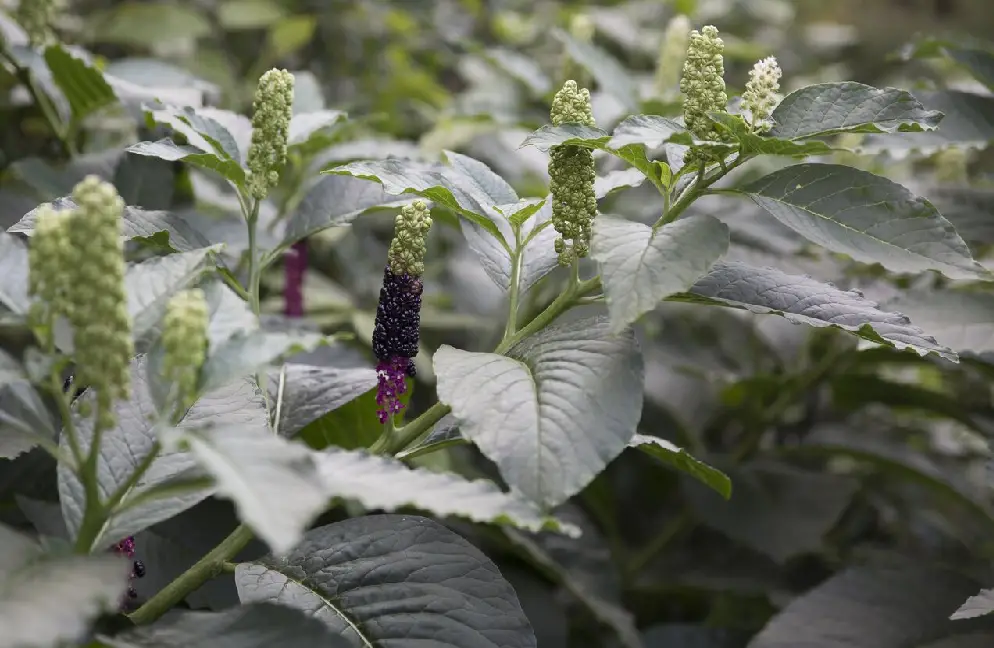Use these images of common toxic plants in North America to determine what hazardous plants might be in your backyard. You can use this list to identify plants that could be harmful if handled or eaten. Although the toxicity levels of the following 22 examples vary greatly, caution should be used when handling or planting them.
Bittersweet Nightshade
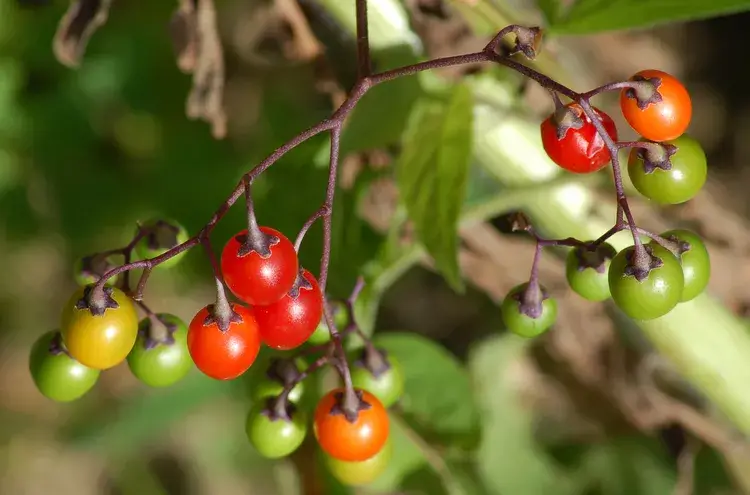
Bittersweet nightshade (Solanum dulcamara) is a fast-growing woody vine that poses a significant danger due to its toxic nature. The plant is particularly hazardous for children, as its bright red or orange berries appear enticing but are highly poisonous when ingested. While the berries carry the highest concentration of toxins, all parts of the plant—including its leaves, sap, and bark—are harmful. Often mistaken for American bittersweet or Oriental bittersweet, this plant is best removed from areas where pets or children may come into contact with it.
Chinese Lanterns
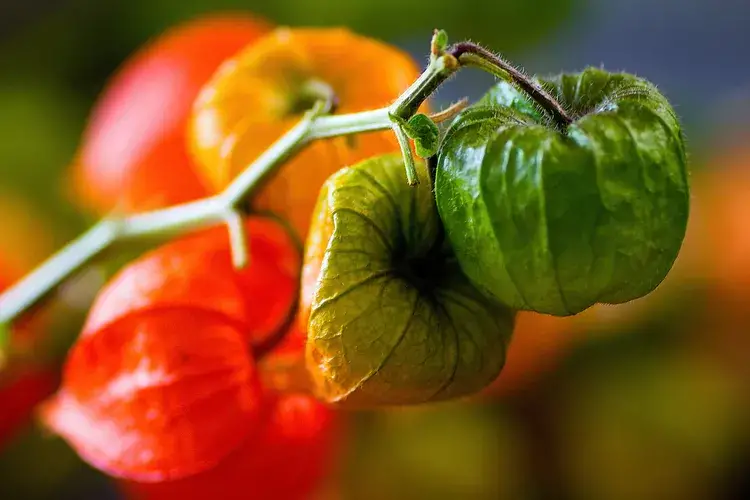
Chinese lantern (Physalis alkekengi) is a visually striking plant that produces paper-like husks resembling lanterns, which change color from green to yellow and finally to vibrant orange. While popular in dried floral arrangements, this plant contains toxic properties, especially in its leaves and fruit. Closely related to bittersweet nightshade, Chinese lantern should be handled with care and kept out of reach of children and pets.
Foxglove
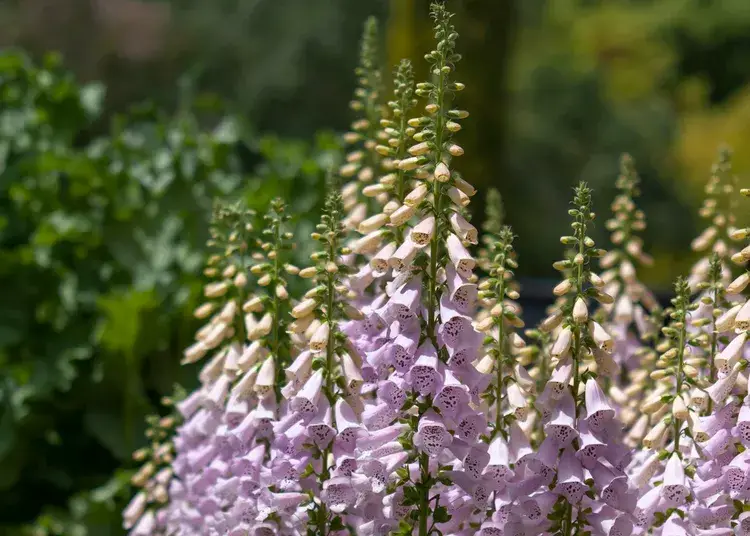
Foxglove (Digitalis spp.) is a biennial plant known for its tall spikes of bell-shaped flowers in shades of purple, pink, and white. While its beauty makes it a common garden addition, foxglove is highly toxic if ingested. The entire plant—flowers, leaves, stems, and roots—contains cardiac glycosides, which can be fatal if consumed. Despite being deer- and rabbit-resistant, foxglove should be planted with caution in gardens frequented by children or pets.
Mountain Laurel
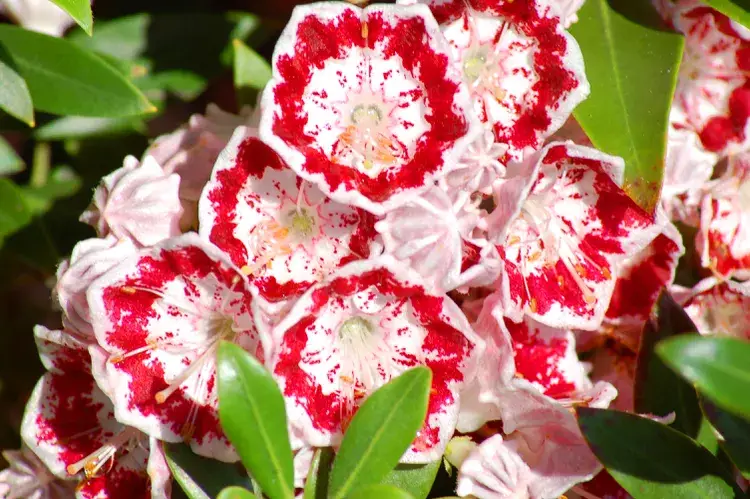
A native of eastern North America, mountain laurel (Kalmia latifolia) thrives in both wild and cultivated landscapes. Popular for its stunning ‘Minuet’ variety with reddish-pink flowers, this evergreen shrub is related to rhododendrons and azaleas. However, every part of the plant, including its bark, leaves, and flowers, contains toxic compounds that can be harmful to humans and animals if ingested.
Castor Bean
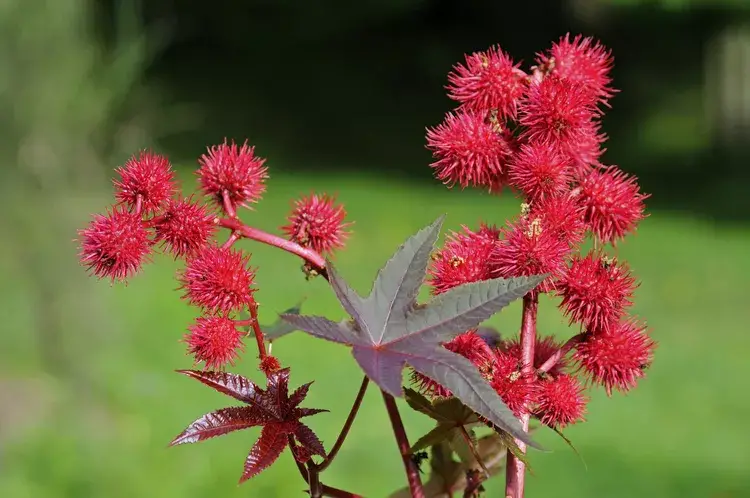
Castor bean (Ricinus communis) is a striking plant often grown for its large, lobed leaves and ornamental appeal. While it is commonly cultivated in northern regions as an annual or container plant, it harbors a deadly secret: its seeds contain ricin, one of the most potent natural toxins. Even small amounts of ricin can cause severe poisoning, making it crucial to handle this plant with care.
Yew
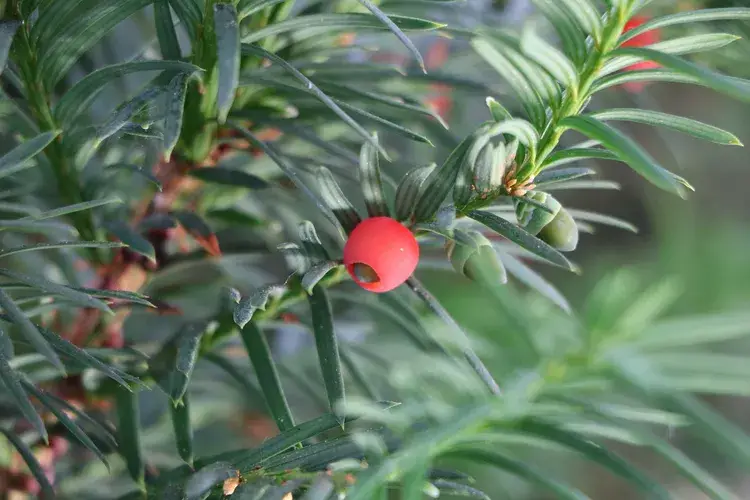
Yew (Taxus spp.) is a versatile evergreen shrub that thrives in both sunny and shaded environments, making it a popular choice for hedges and landscaping. However, despite its decorative appeal, yew is highly toxic. Its needle-like leaves and the seeds within its bright red berries contain toxic alkaloids that pose a danger to both humans and animals if ingested.
Poison Sumac
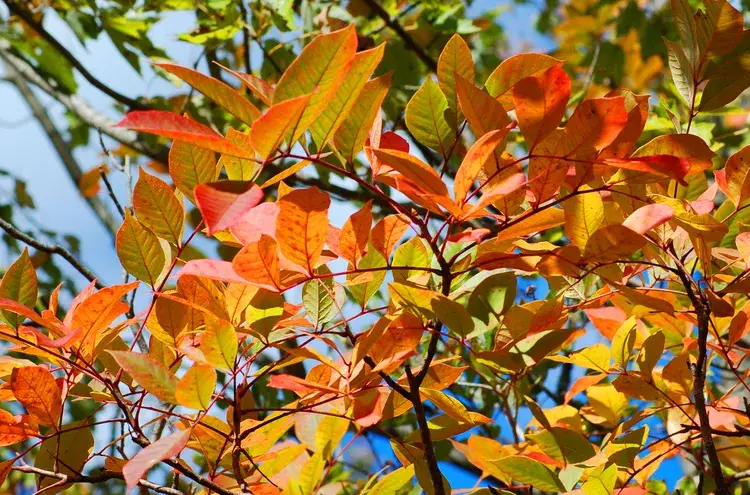
Poison sumac (Toxicodendron vernix) is notorious for causing severe skin reactions upon contact. Unlike harmless sumac varieties, poison sumac features leaves arranged in odd-numbered clusters of seven to thirteen leaflets, along with distinctive red stems and white berries. Direct contact with the plant’s sap can lead to an itchy, blistering rash, similar to poison ivy and poison oak.
Poison Ivy
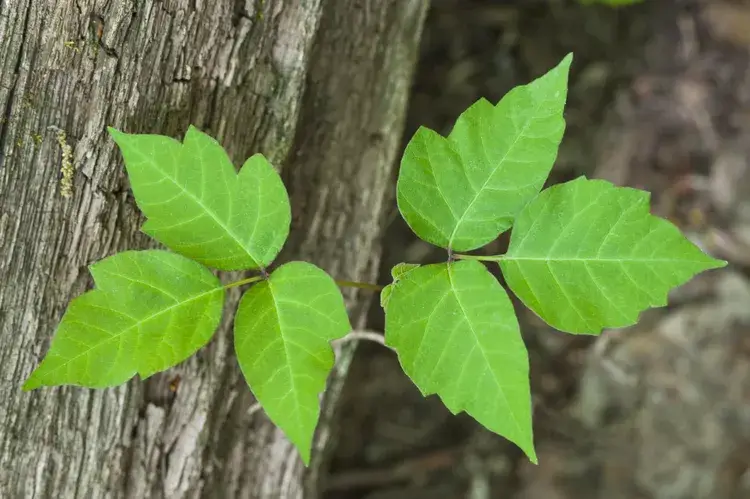
Poison ivy (Toxicodendron radicans) is a widespread plant that triggers allergic reactions due to an oil called urushiol. Contact with any part of the plant, even when it has shed its leaves, can cause severe itching and rashes. Additionally, burning poison ivy can release urushiol into the air, leading to respiratory issues. Identifying and avoiding this plant is essential to prevent painful skin irritation.
Easter Lily
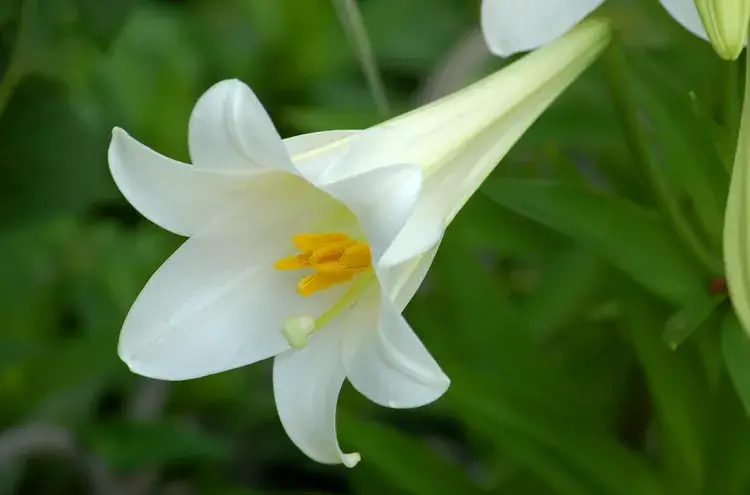
Easter lily (Lilium longiflorum) is a beloved flower known for its elegant white blooms. While generally safe for humans, this plant is extremely toxic to cats. Even small amounts of pollen or sap can cause severe kidney failure in felines. If you have cats at home, it is best to avoid growing Easter lilies or keep them in areas inaccessible to pets.
Stinging Nettles
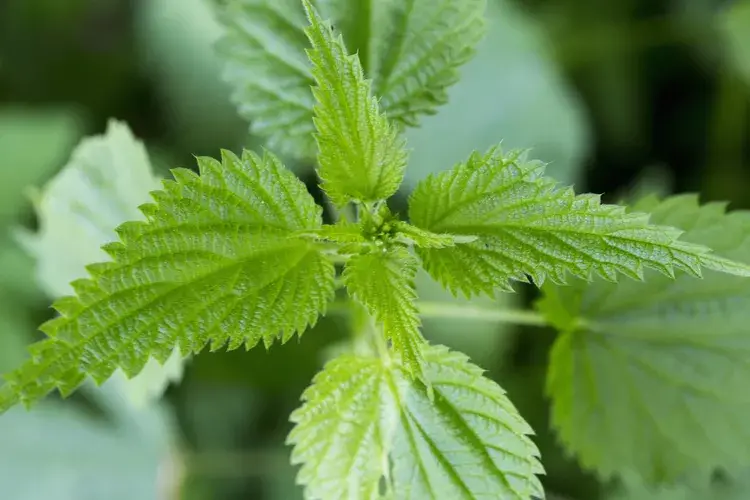
Stinging nettles (Urtica spp.) are infamous for their tiny, hair-like structures that inject irritants into the skin upon contact, causing a painful, itchy rash. Though often mistaken for dead nettles, which are harmless ground covers, true stinging nettles should be avoided when working in gardens or natural areas.
Yellow Dock
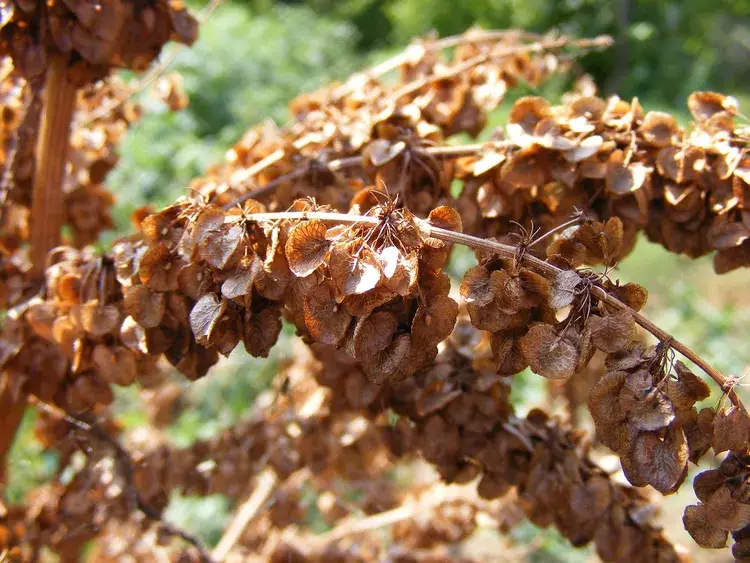
Yellow dock (Rumex sp.), also known as sorrel, is a common plant that can be easily recognized in late summer by its brown, dried flower heads. While its toxicity to humans is considered mild, the plant is listed as harmful to dogs. Ingestion in large amounts can cause digestive issues and other health problems in pets.
Lantana
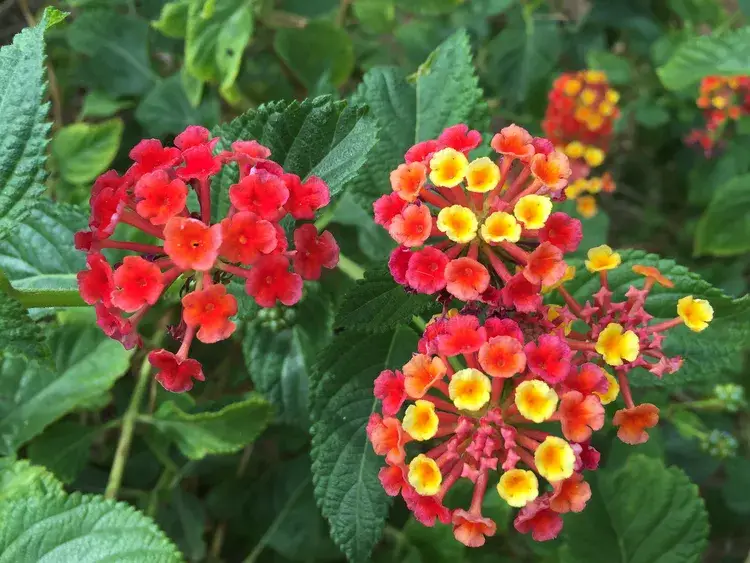
Lantana (Lantana camara) is a vibrant flowering plant often used as an annual in cooler climates and as a shrub in warmer regions. While it adds bright color to landscapes, lantana is considered invasive in some areas and poses toxicity risks. Its berries, leaves, and sap can be harmful if ingested, making it important to handle with caution.
Lily-Of-The-Valley
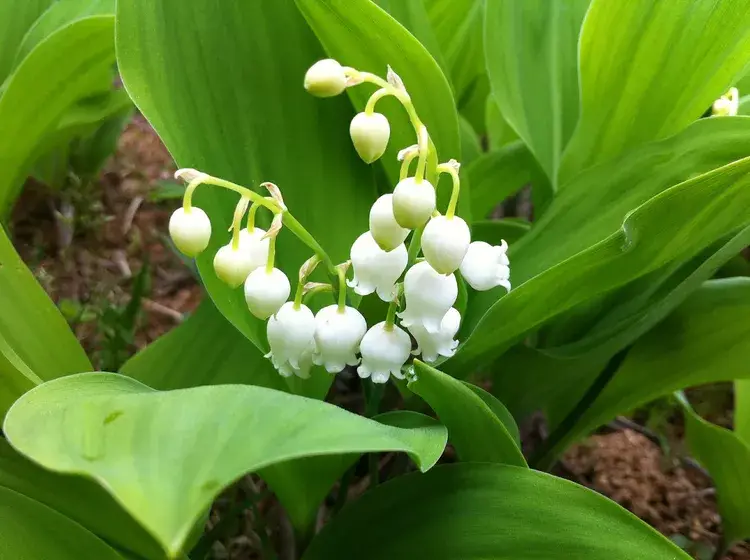
Lily-of-the-valley (Convallaria majalis) is known for its delicate, fragrant white flowers, often associated with weddings. Despite its charm, this plant is highly invasive and contains toxic compounds that can be dangerous if consumed in large amounts. Gardeners should be mindful of its spreading nature and potential hazards.
White Baneberry
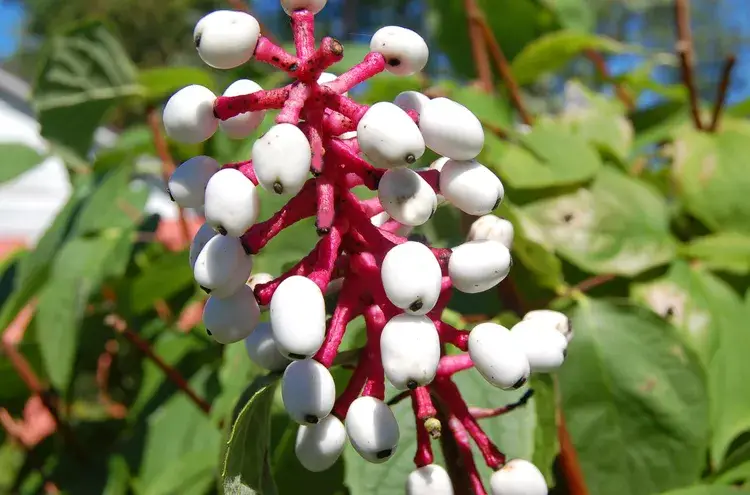
White baneberry (Actaea pachypoda), also called “doll’s eyes” due to its eerie-looking berries, is a toxic perennial that belongs to the buttercup family. The entire plant, including its berries and roots, contains poisonous compounds that can be harmful if ingested. It is best admired from a distance rather than handled.
Tansy
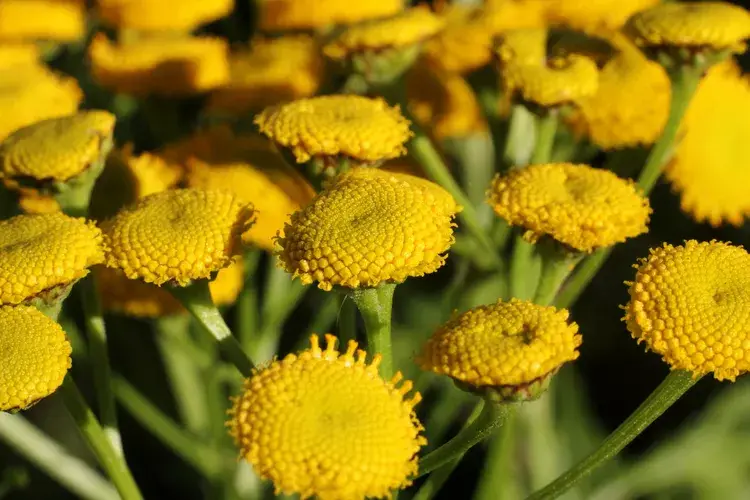
Tansy (Tanacetum vulgare) was once valued for its medicinal uses but is now recognized for its toxic properties. This perennial features bright yellow, button-like flowers and is often mistaken for the similarly toxic tansy ragwort. Ingesting any part of the plant can be harmful to both humans and animals.
Poison Oak
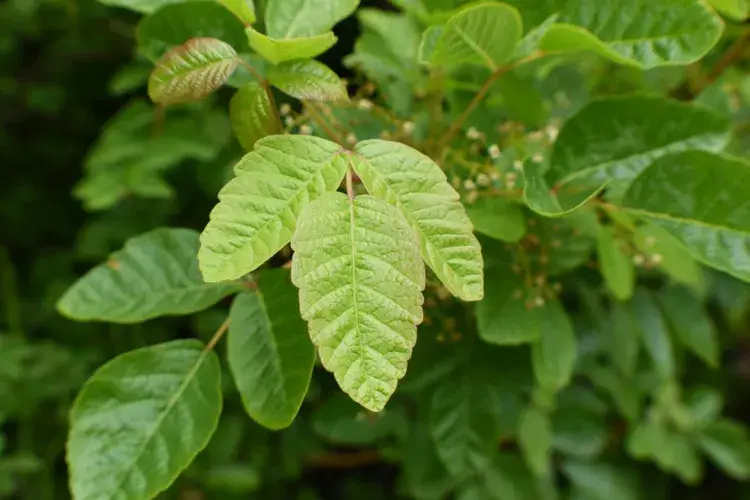
Poison oak (Toxicodendron diversilobum) closely resembles poison ivy, with its clusters of three leaflets. In autumn, its leaves turn red, and the plant produces white berries. Touching poison oak leads to severe skin irritation. The best way to control its spread is to remove it by the roots while wearing protective gear.
Oleander
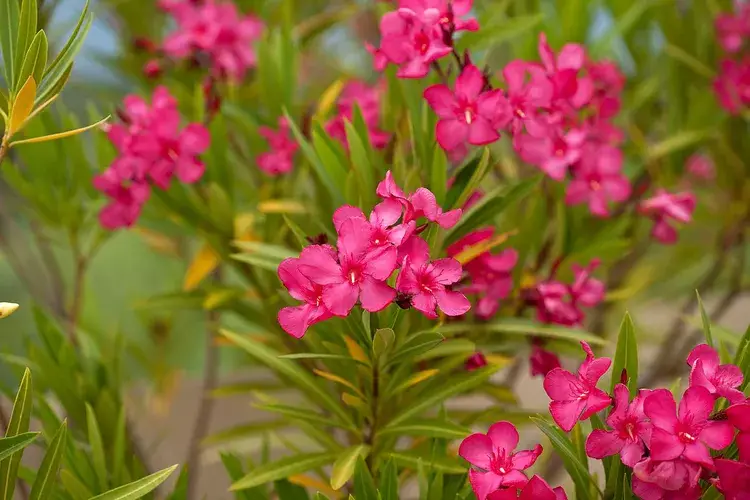
Oleander (Nerium oleander) is an attractive, fragrant shrub often used in landscaping. However, it is one of the most toxic plants, posing risks to humans and animals when touched or ingested. Protective clothing and gloves should be worn when handling this plant to avoid exposure to its toxic sap.
Mistletoe
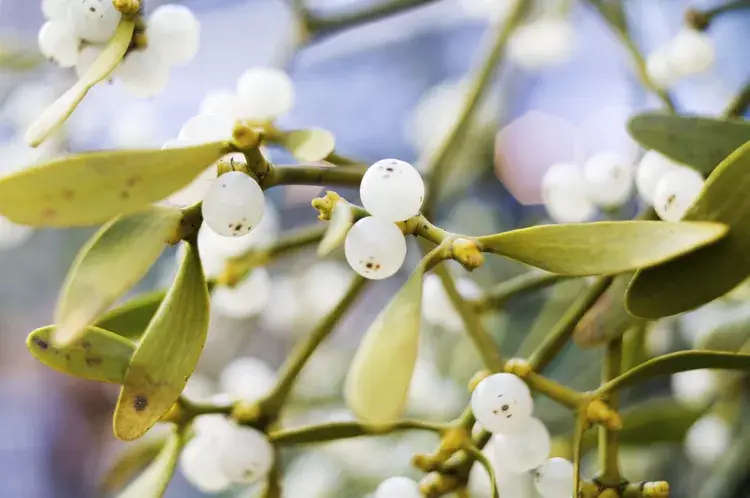
Mistletoe (Phoradendron spp., Viscum spp.) is both a holiday decoration and a parasitic plant that attaches itself to trees. While commonly associated with festive traditions, certain species of mistletoe can be highly toxic if ingested, making it essential to keep them away from children and pets.
Jimsonweed
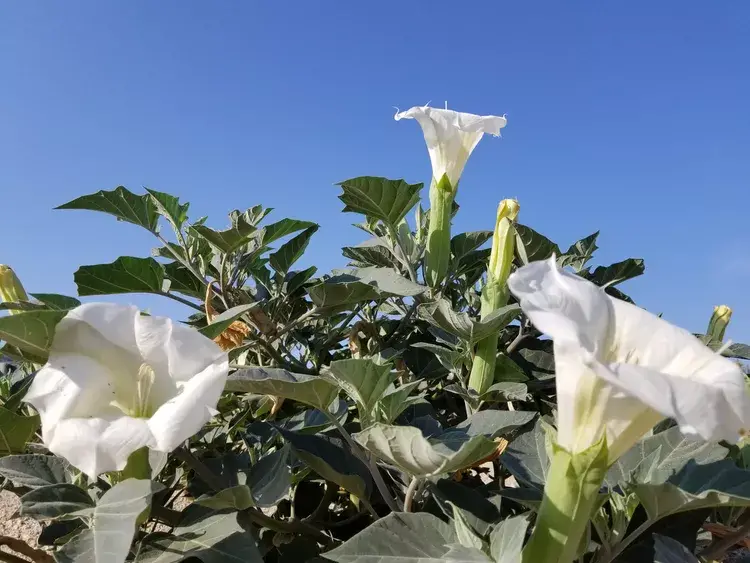
Jimsonweed (Datura stramonium) is a toxic plant characterized by its trumpet-shaped flowers, spiky seed pods, and unpleasant odor. Every part of the plant contains potent toxins that can cause severe reactions if ingested. Its shallow roots make it relatively easy to remove when weeding gardens.
Poison Hemlock
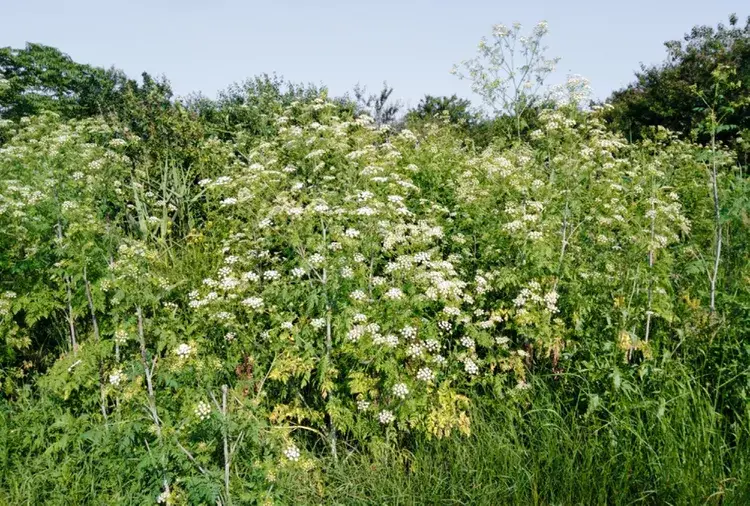
Poison hemlock (Conium maculatum) is a highly toxic plant that resembles Queen Anne’s lace but can be identified by its reddish-purple streaked stems. It spreads aggressively and should never be burned or composted. Proper disposal methods, such as sealing it in a garbage bag, are necessary to prevent exposure.
Wild Parsnip
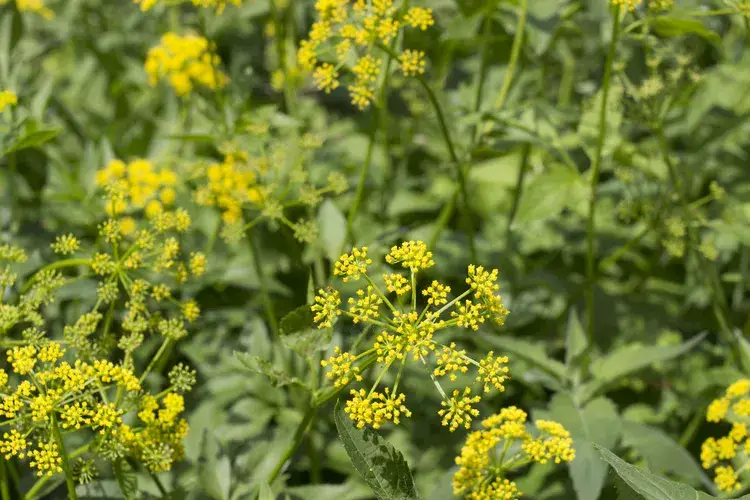
Wild parsnip (Pastinaca sativa) is a tall plant with yellow flowers that grows alongside poison hemlock. It should never be touched, as its sap can cause severe burns and blisters when exposed to sunlight. Protective gear should be worn when handling this plant.
Giant Hogweed
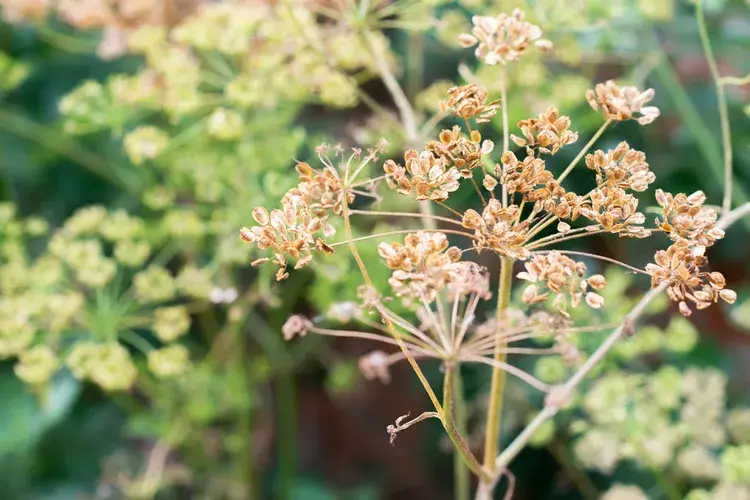
Giant hogweed (Heracleum mantegazzianum) can reach heights of 15 to 20 feet and features large, deeply lobed leaves. Its sap causes extreme skin reactions, including burns and blisters. Identifying and removing this plant safely is essential to prevent accidental exposure.

